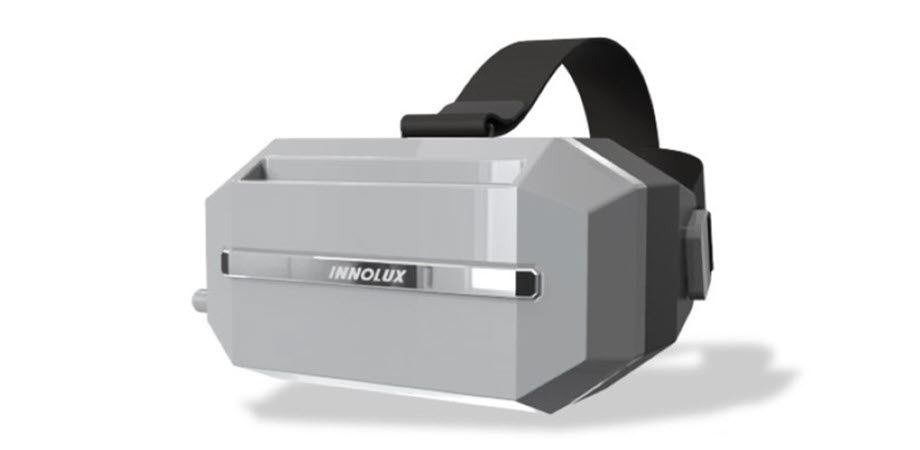
Enhanced LCD Resolution Enables More Comfortable, Immersive VR
Researchers from Innolux Corp. have developed a 3.1-in. light-field liquid crystal display (LCD) featuring an ultrahigh pixel density to overcome limitations in near-eye display, such as light-field resolution issues. Light-field technology could also have applications beyond VR displays, such as in vision correction for VR systems.
Near-eye displays are vital to portable devices, providing individuals with immersive virtual reality experiences. The primary objectives in developing these displays are to create immersive experiences and ensure visual comfort. While a larger field of view (FOV) enhances immersion in virtual reality, addressing the vergence-accommodation conflict (VAC), a phenomenon that occurs when one’s eyes receive visuals cues that do not match each other, is crucial for comfortable vision.
Researchers have explored approaches to tackle these challenges, specifically in light-field technology, although earlier uses of it were constrained to smaller viewing angles and low resolution. The current work overcame these limitations by using a 3.1-in. 3k3k LCD, highlighting the importance of employing high-resolution LCDs to address light-field resolution issues.

Researchers developed a VR headset using a 3.1-in. 3k3k LCD display panel. The system overcomes issues with vergence-accommodation conflict and provides vision correction. Courtesy of SPIE.
Using an Innolux LCD, the researchers were able to ensure a satisfactory angular resolution by introducing a 15º tilt between panels, which expanded the binocular FOV. The modulation transfer function across the image field guarantees the faithful reproduction of high-quality images.
Introducing a ray tracing-based graphical process called “corrected eyebox mapping,” the researchers also had the ability to facilitate the correction of myopia, hyperopia, and astigmatism. This procedure takes into account parameters such as spherical power, cylinder power, and cylinder axis for comprehensive visual correction.
As part of the work, the team investigated the optics of light-field virtual reality, demonstrating the creation of elemental image arrays through a lens array and spatially multiplexed light-field optics. This approach generated volumetric virtual images that accurately simulated proper eye accommodation, eliminating the need to address VAC.
According to study author Yung-Hsun Wu of Innolux Corp., “by utilizing light-field technology, both vision correction and the expansion of the eyebox are achieved, thereby elevating the overall virtual reality experience and enhancing user comfort.”
With these findings, the researchers are hopeful that not only will this research add to the development of comfortable VR devices, but it will aid in the future creation of better high-resolution light-field displays.
The research was published in Journal of Optical Microsystems (www.doi.org/10.1117/1.JOM.3.4.041202).
/Buyers_Guide/SPIE/c14069
Published: September 2023
researchDisplaysVROpticslensesLCDsAmericasAsia-Pacific INNOLUXSPIETechnology News